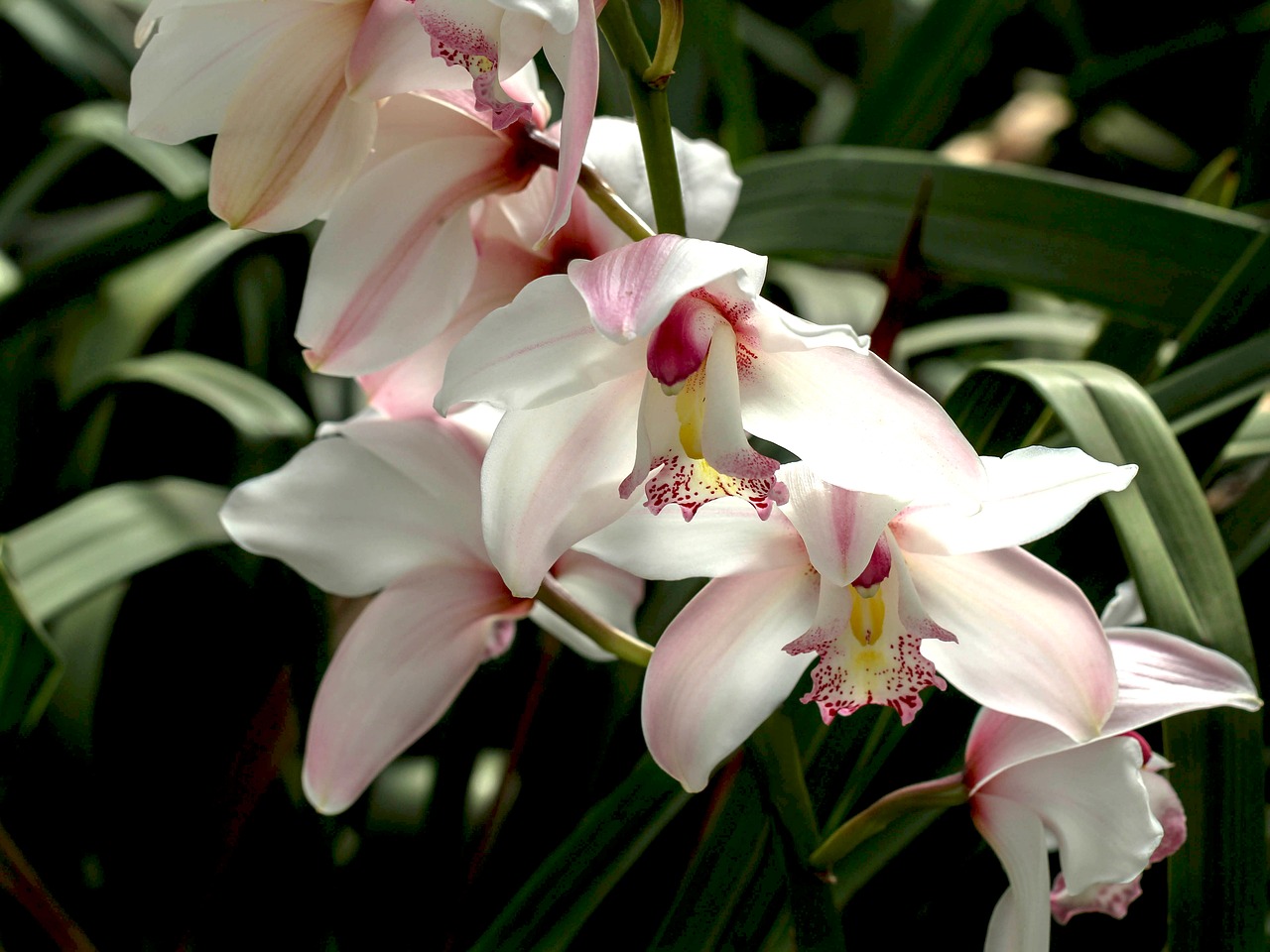How To Grow Orchids Outside

If you live in an area where the weather is mild, you can develop outdoor orchids throughout the entire year. In any case, regardless of the possibility that you are not among the lucky ones, you can grow select orchids outside some part of the year. Truth be told, many sorts of orchids will profit by an open air environment with brighter light and stronger air movement. A few orchids likewise like the distinct drop of temperature in summer evenings and the periodic reviving rain.
Contingent upon the zone you live in, you can grow many sorts of orchids outside. If your climate is hot and humid, as in Florida and Singapore, you can grow Vanda and Epidendrum outside. If your climate is mild amid the day and chills off around evening time, as in Southern California or waterfront Australia and New Zealand, you can grow Cymbidium in your garden.
Cattleya, Dendrobium, Oncidium and numerous different orchids that like intermediate temperatures can be effectively grown outside. Your job is to discover the regular living spaces of the orchids, then you will assess whether your outside condition is comparative (or can be modified) to the living conditions they need.
Find the perfect spot in your garden
In the first place you have to locate an appropriate space for your outside orchids. Some sun-adoring Vanda can be developed in the full sun, but only if they are in exceptionally strong wind and get a few rain showers a day. In any case, for most areas, you ought to stay away from direct sun for safety reasons. Then again, your open air orchids can’t be in the thick shade either. They need some light to be cheerful. So achieving balance is very tricky.

1.Hung on or put under trees or shade cloth
For orchids whose perpetual homes are not outside, it’s important to grow them in pots, crate or mounts with the goal that you can move them to different places consistently. In the late spring, you can put them on seats under trees, hang them on the branches or place them under a shade cloth. The trees should permit some daylight to go through, so that your orchids can get filtered light. In addition, the breeze will make the leaves to move tenderly, so the sun is not straightforwardly shining on a similar spot continually.
2.Mount on trees
For permanent outdoor orchids, you can naturalize them by mounting them on trees. The roots of your orchids will in the long run stick firmly on the trees. At the point when first mounting an orchid onto a tree, you can utilize a tad bit of moss to put between the tree and the orchid. At that point you can tie with a fishing line or a strip of pantyhose to secure the plant.
3.Raised bed
Epiphyte orchids can’t be developed in the soil, yet you can assemble a raised bed loaded with very much depleted orchid blend. In the Singapore Botanical Gardens, there are orchids developed in agriculture charcoals in the somewhat raised beds outside. They get every day watering and are somewhat shaded by tall trees. If you live in a mild climate range, you can have a comparative setup by having a 3 foot (1 meter) raised bed loaded with vast throws of barks and charcoals. Vanda and Dendrobium orchids will be appropriate for this kind of setup.
See also: DIY – Build A Raised Garden Bed In No Time
4.Garden Plants
Terrestrials orchids, for example, Sobralia, Pleione, Bletia, Phaius and Calanthe, can be developed specifically in the ground, much the same as any of your garden plants. However, these orchids still should be developed in very much well-drained area. Supplant your garden soil with an terrestrial orchid blend, for example, a blend of sand, gravel, bark and fibrous loam.
How to care for outdoor orchids
1. Ensure the frost has gone before putting your orchids outside. A few orchids can endure an extremely short time in frost,  however most of them will die.
however most of them will die.
2. Your orchids may not have the capacity to take the sudden increment in light and get burned. So it’s best to gradually guide your orchids into their summer home outside. Put your orchids in a place that is just a bit brighter than your general growing zone at first, then bit by bit move them to a brighter zone.
3. Outside regions have more garden insects and pests than inside. Make sure to frequently spray your open air orchids. Additionally, make sure that your orchids are raised off the ground with the goal that critters don’t effortlessly creep into the pots.
4. To stay away from sunburn, put your orchids under trees or shade cloth.
5. Try not to put your orchids under total shade. They require light to develop.
6. If you live in an area with steady rain, it’s best to develop your orchids bare root on a tree branch or in a wicker container. If you don’t do this, your potting mix will spoil with a lot of water, and the orchid roots will suffocate and die.
7. Since it is brighter and less humid in open areas, your orchids will dry out quicker. Make certain you water your orchids all the more as often as possible.


